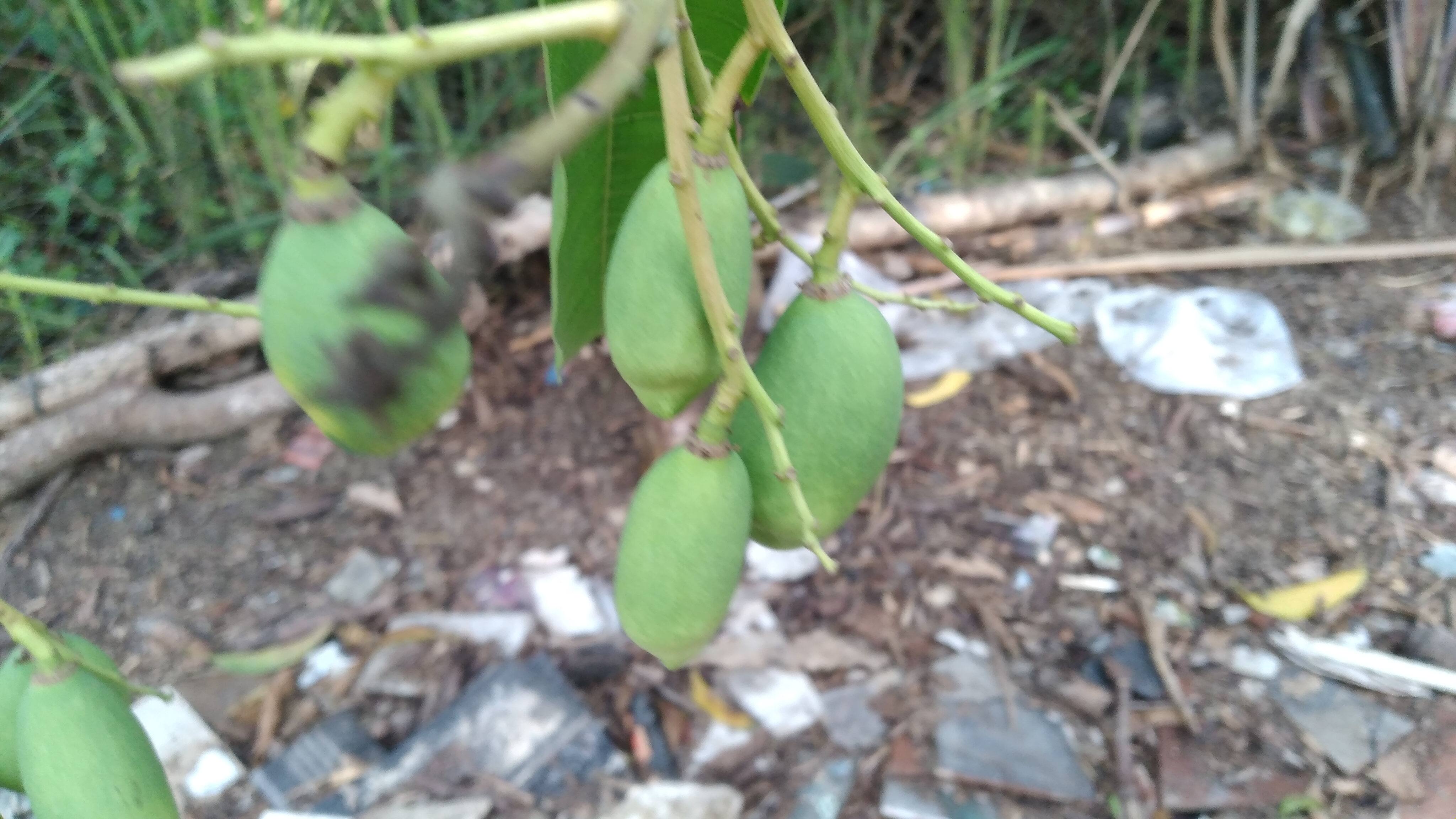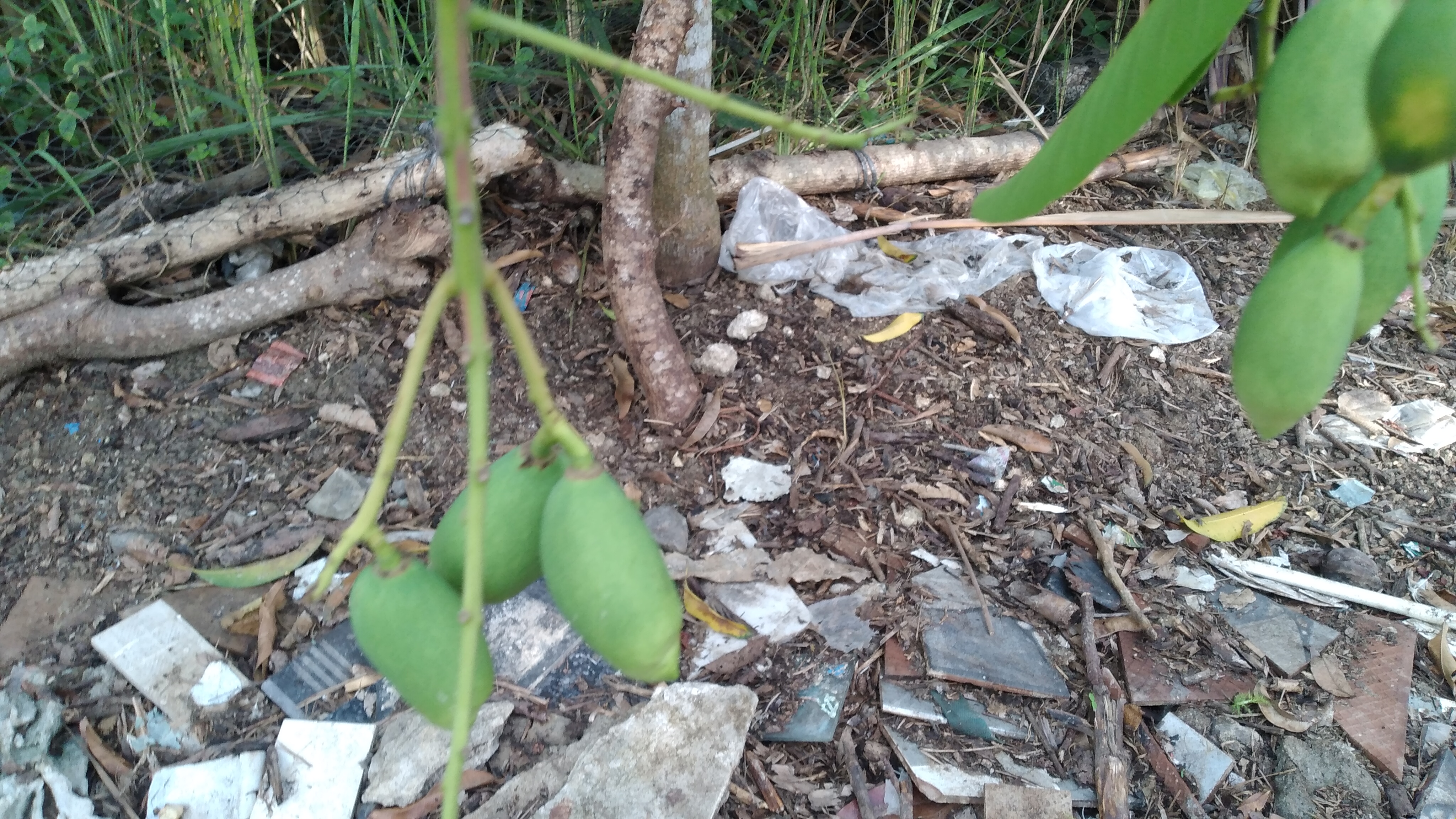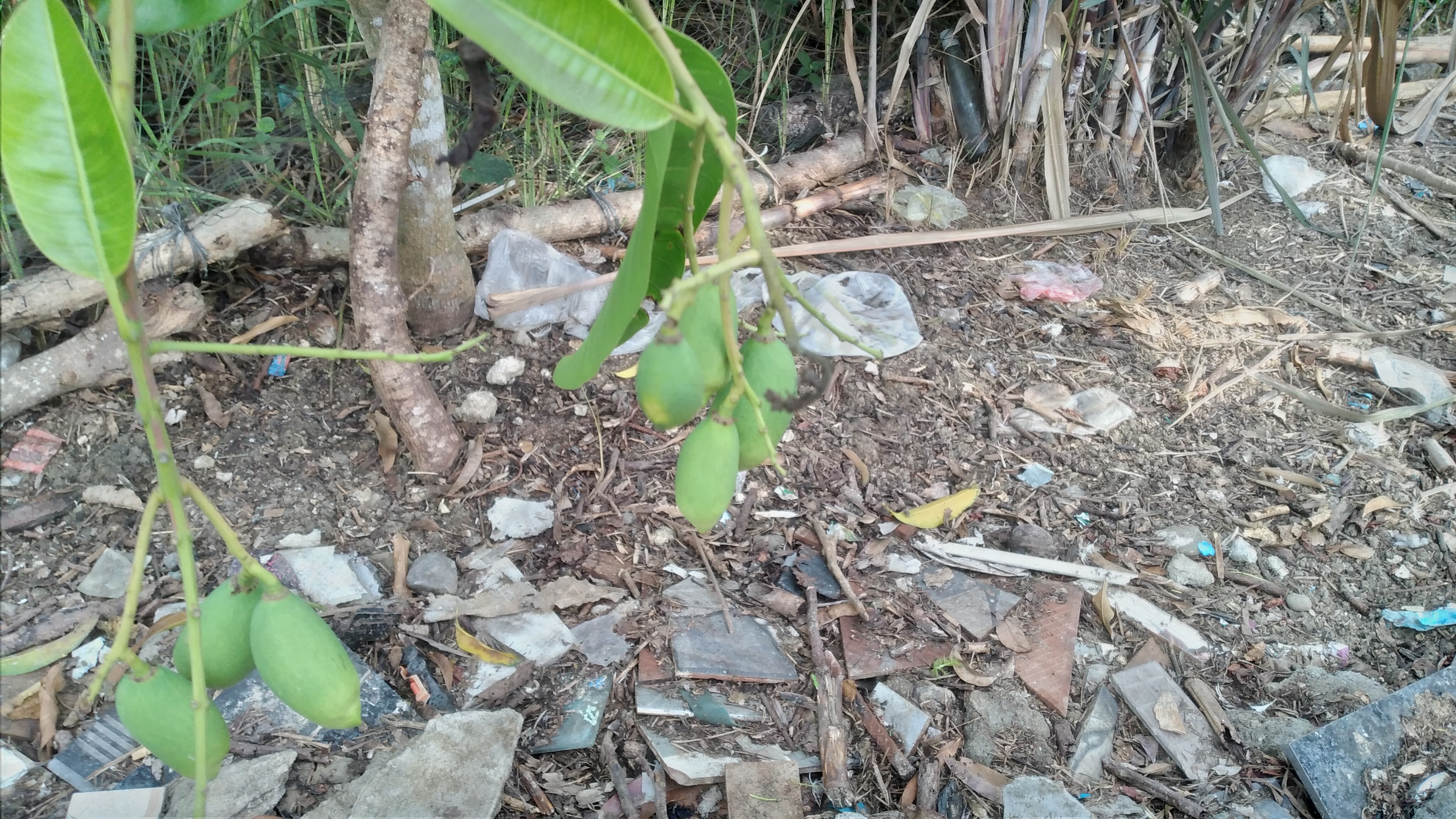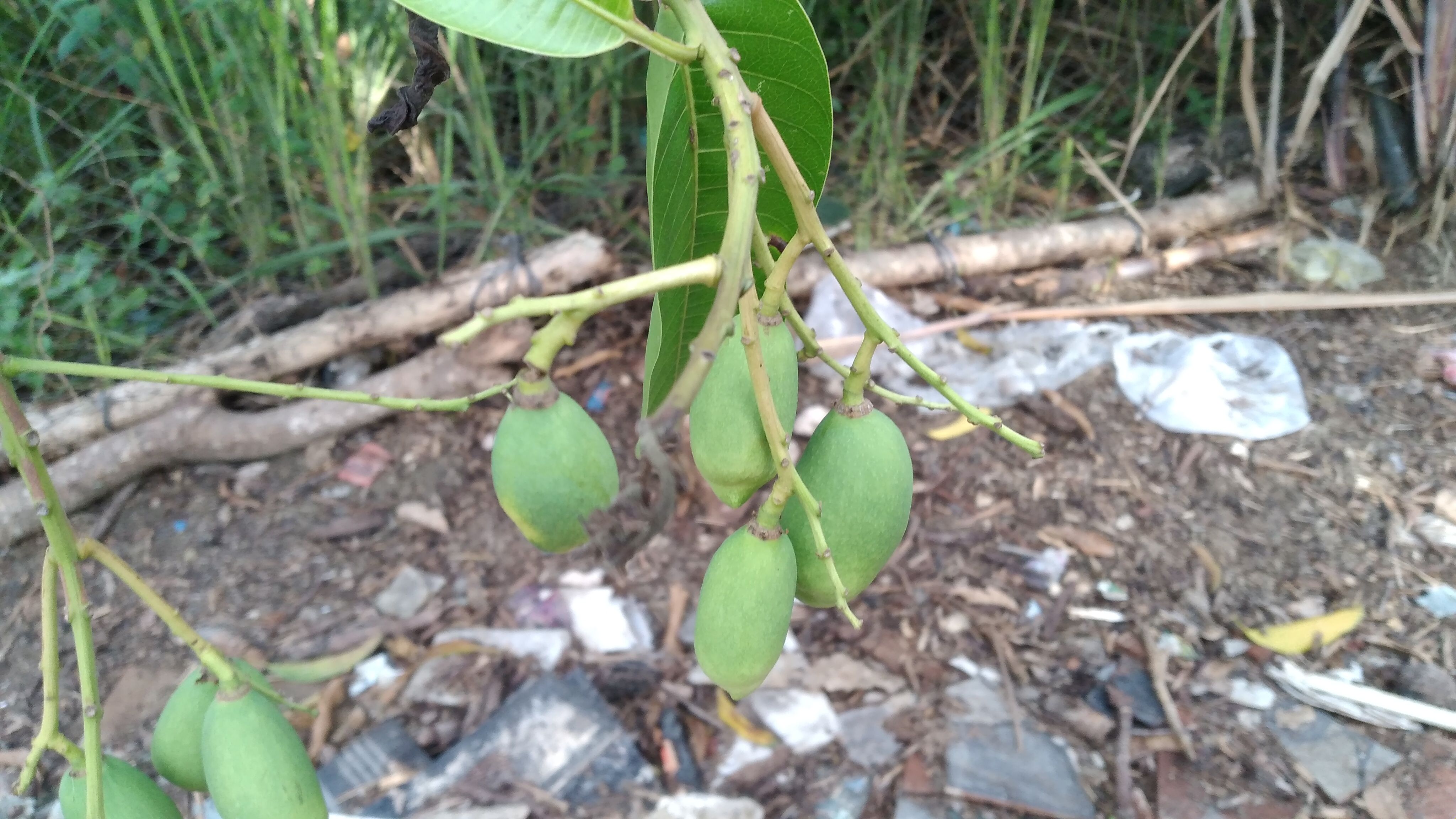
The mango plant is a group of large trees, reaching a height of 35 meters to 40 meters. However, in certain cultivars or varieties, there are mango trees that are deliberately bred to grow short and bear lots of fruit.
Mango trees are long-lived plants, some species can even bear fruit up to 300 years old. The roots are able to grow into the ground to a depth of 6 meters and the branch roots spread to the sides.

Mango is an evergreen plant so its leaves remain green all year round. The shape of the leaves is simple with a length of 15 cm to 35 cm, and a width of 6 cm to 16 cm.
When young, the leaves are orange with a pink tinge, then quickly turn a shiny dark red, then dark green as they mature.
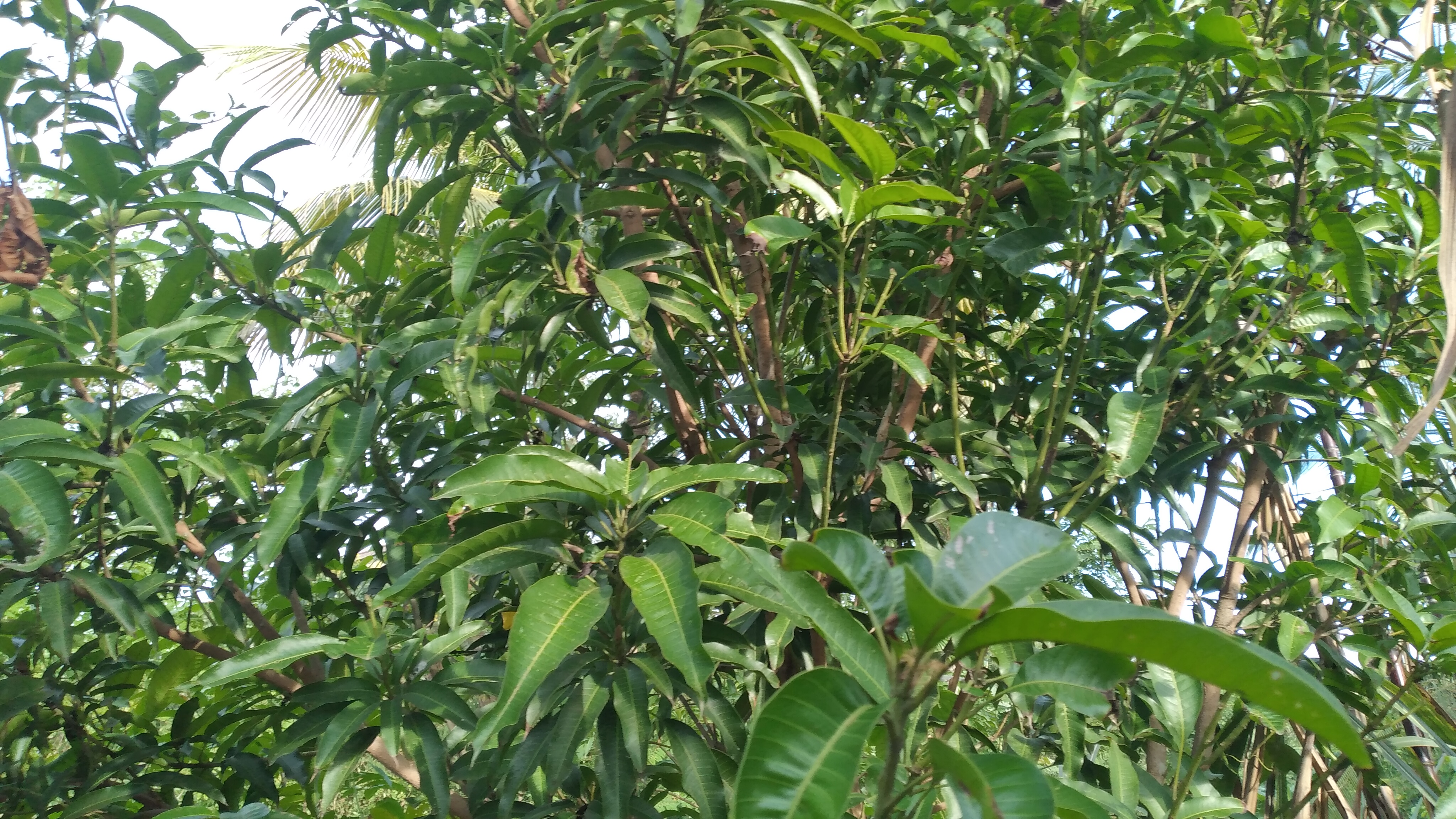
Mango trees produce flowers that grow on the branches of the tree. The size of the flowers is small, around 5 mm to 10 mm. Mango flowers are white and have a mild aroma. Mangoes have 5 flower petals.
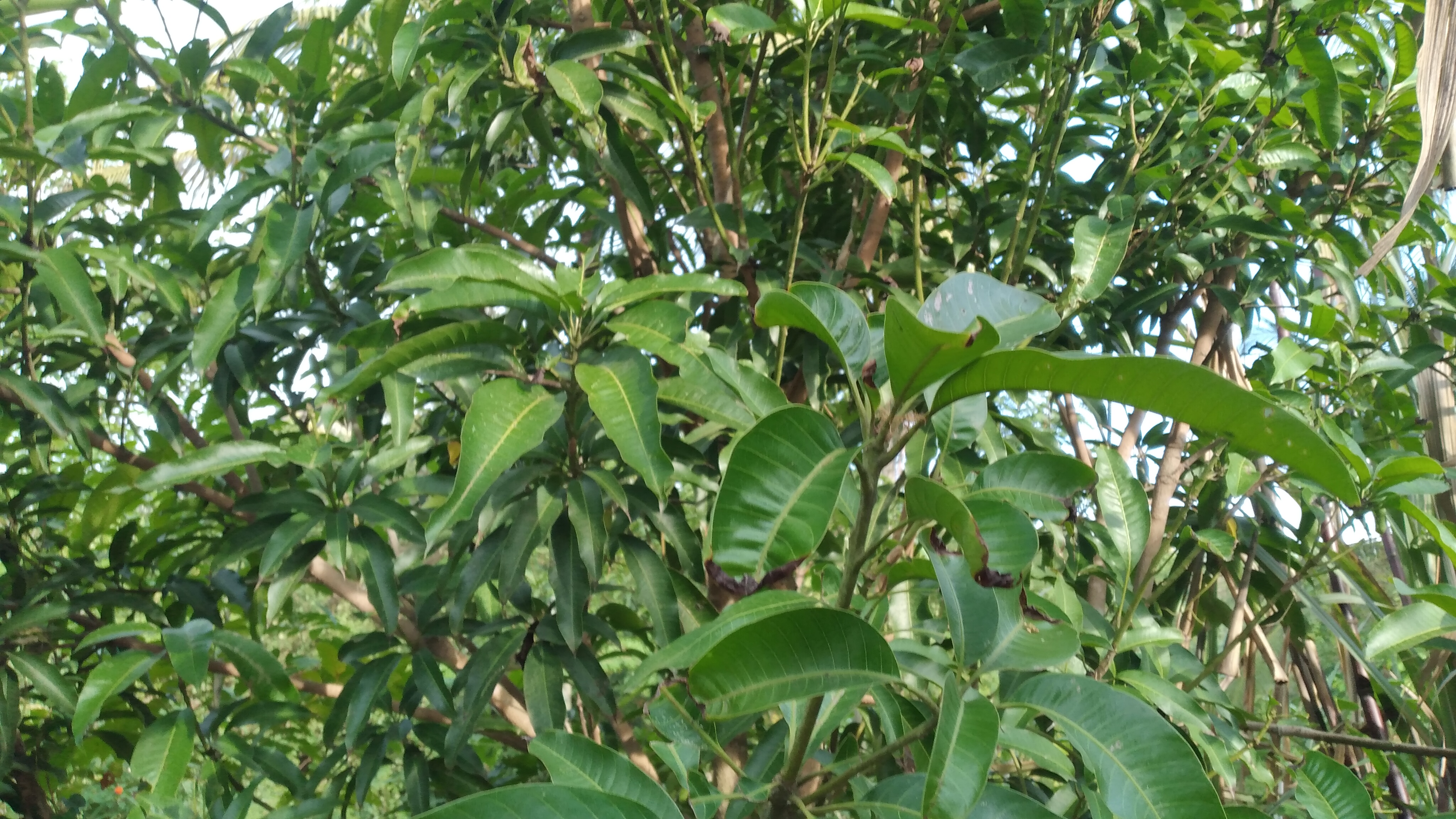
In general, mangoes ripen during the hot or dry season. Mangoes take about 5 months from flowering to growing into ripe fruit. Mangoes vary greatly in size, color, shape, level of sweetness, and quality for consumption. This depends on the cultivar planted.
In general, the color of mango skin is green, orange, yellow and red. In Indonesia, the mangoes that are widely sold in the market are green-skinned mangoes. The shape of mangoes is generally somewhat oval, resembling the shape of a kidney or bean, but there are also those that are round. The size varies, between 5 cm to 25 cm with a weight of around 140 grams to 2 kg per fruit.
Mango skin is soft, smooth and fragrant. When completely ripe, the mango skin gives off a distinctive aroma and becomes even more fragrant.
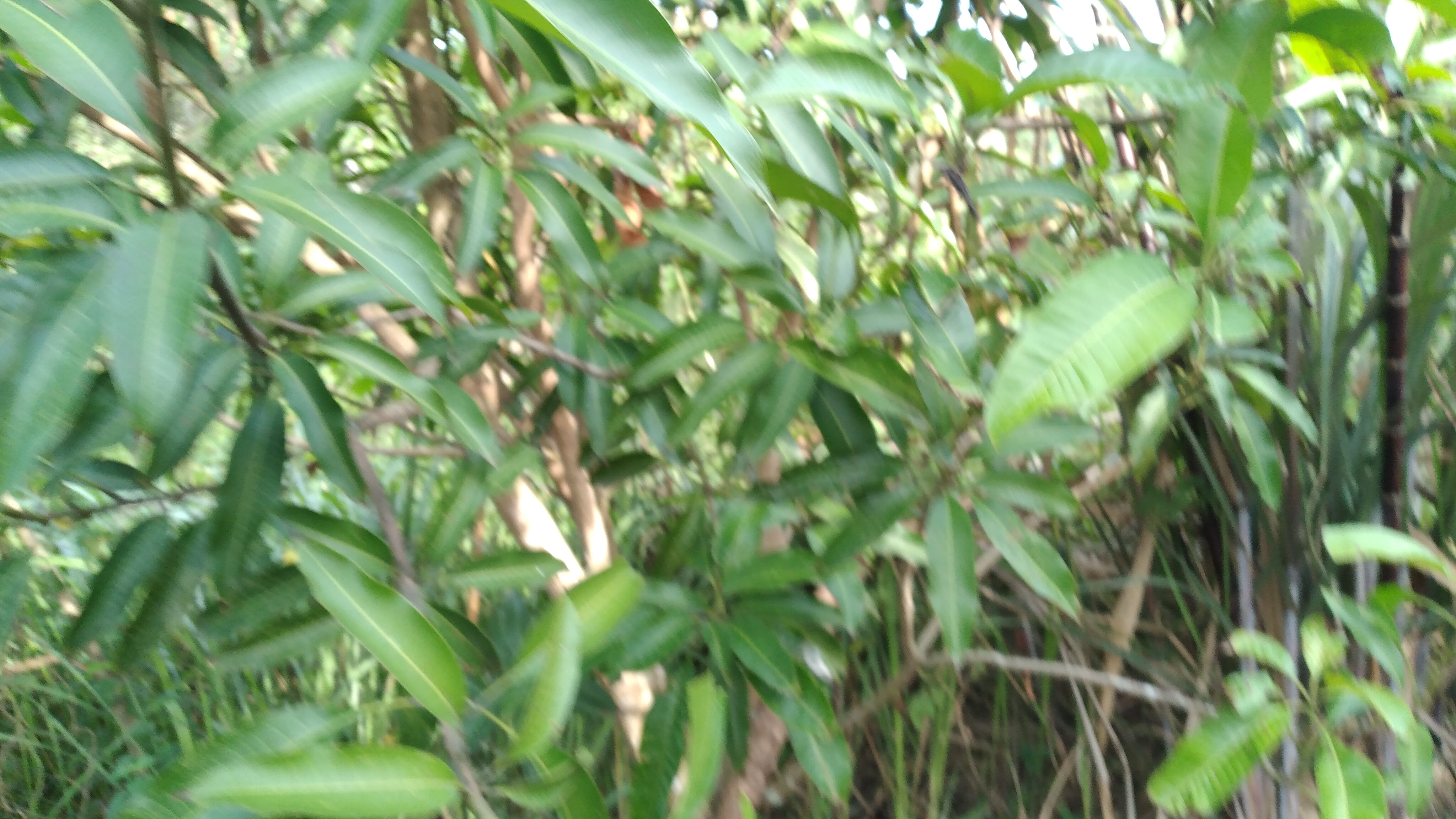
Inside the flesh of the mango fruit there is 1 large seed, measuring around 4 cm to 7 cm. These seeds are useful as mango plant seeds. For best planting results, you should use mango seeds obtained from ripe mangoes.
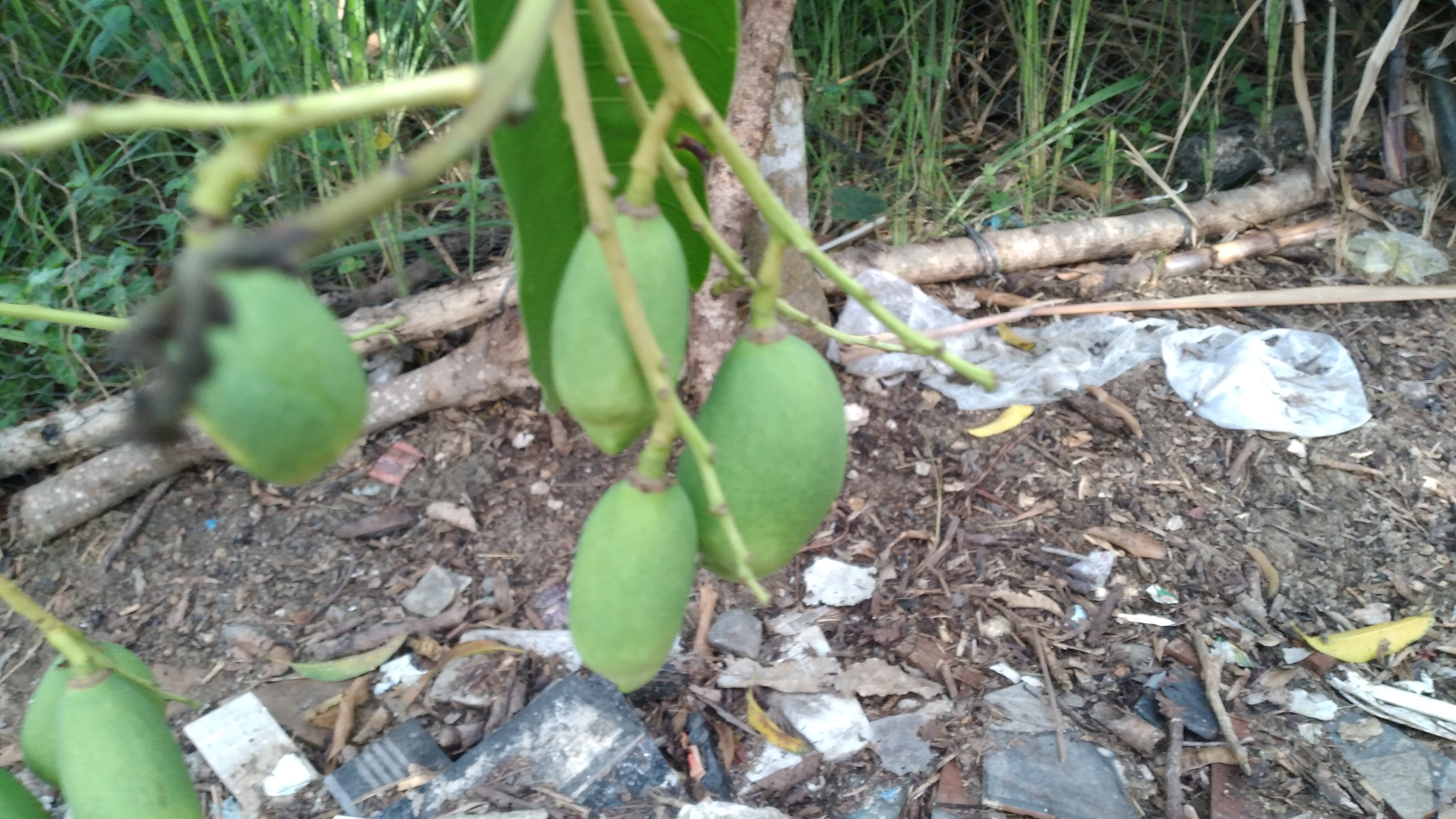
Mango trees have been cultivated in South Asia for thousands of years, until they finally spread to Southeast Asia in the 5th and 4th centuries BC. Meanwhile in East Africa, mango tree cultivation began in the 10th century BC.
This was recorded by an explorer from Morocco, named Ibn Battuta in the 14th century. Mango trees then began to spread to Brazil, Bermuda, the West Indies and Mexico. It is in these areas that mangoes grow well because the climate is suitable.
Currently, mangoes are widely grown throughout tropical and subtropical countries that do not have extreme winters. Half of the mangoes in the world come from India. Then followed by China as the second largest mango producer in the world.
Mango trees are also cultivated in Andalusia, Spain, especially in the province of Malaga. The coastal area of this province has a subtropical climate and is one of the few areas in Europe that can be used to cultivate tropical plants and fruit. The Canary Islands are another place in Europe where mangoes can be grown.
Other countries that also cultivate mango trees include Central America, the Caribbean Islands, Hawaii, Central, South and West Africa, Australia, China, South Korea, Pakistan, Bangladesh, and Southeast Asian countries.
Even though India produces the most mangoes in the world, most of it is to meet local needs. Only about 1% is exported to other countries.
